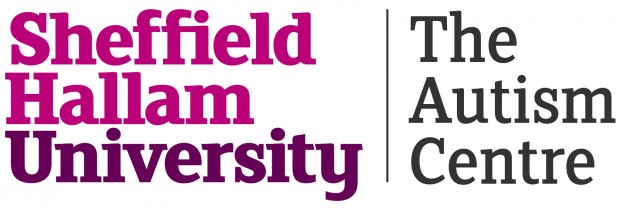Education is all about teaching and learning. Well, it should be all about teaching and learning, however, for all teachers to teach and all learners to learn, it must also be about equality of access. From my perspective, as a member of The Autism Centre, equality of access, through the genuine inclusion of autistic students – which sometimes means adaptation, and sometimes means making reasonable adjustments under the Equality Act – always means that practice should be based on a good understanding – not necessarily of autism per se, but of how autism impacts on the student, within his or her own specific environment, at any given time.
But where is the starting point for all this understanding? What are the building blocks upon which to develop educators’ understanding, which might lead to good teaching and successful learning, and reduce risk of inequality for autistic learners?
There are currently two diagnostic manuals that are generally used to identify (my alternative term for diagnose) autism in children and adults. These are the Diagnostic and Statistical Manual for Psychiatric Disorders (DSM-5, 2013) and the International Classification of Diseases (ICD-10, 2015). The issue for me is that both these texts are rooted in the medical model of disability. If one is inherently opposed to the concept of autism as a medicalised ‘problem’, then neither set of criteria sits at all neatly within one’s paradigm. I certainly do not subscribe to the concept of autism always being a problem or disability. Being autistic may well be problematic for the individual, living in a society made up primarily of the predominant neurotype (PNT), but this is not synonymous with autism being a problem. Being autistic could instead be understood as being at a higher risk of disadvantage – rather than being disabled, or impaired, deficient, or somehow ‘lesser’. But, if this is to be the case, how can autism be (re) defined to move educators’ thinking away from the medical model in a way that is of some benefit to the autistic student population? I found myself in the position of attempting to identify a narrative that outlines my perspective of autism in my recent published book, and this is the resulting text:
Autism refers to a neurotype that leads to a cognition that is qualitatively different from that of the predominant neurotype (PNT) in the way that information specific to communication, social interpretation and interaction is processed and understood; and to a perceptual reality of the sensory environment that differs considerably from one individual to the next (Beardon, 2017:19)
After publication, I became aware that one of SHUs Institute of Education PhD students had also written a definition which is, irritatingly, far better than mine. I have her permission to share it here:
Autistic individuals share a neurological type, which is qualitatively different to that of non-autistics, and which will necessarily impact, both positively and negatively, on aspects of their thinking and learning; sensory processing; social relational experiences; and communicative style, abilities and preferences. An autistic person’s experience of and ability to be successful in the world, will be dependent on the closeness of compatibility, between their individual profile of skills and requirements and their physical and social environment. Levels of sensitivity to environmental factors vary between individuals, and within the same individual over time, so that the presentation of autism is ever changing. A person’s neurological type, however, remains constant, and being autistic is a lifelong identity (Leatherland, 2017).
Despite the latter being more comprehensive than the former, there are some clear overlaps between them and also very clear disparities between both of our ‘definitions’ and the current diagnostic criteria, not least in the language used. What is abundantly clear is that the two attempts above are firmly rooted in a social model – they do not define autism as ‘the problem’. Leatherland’s depiction takes it a step further, and notes that the physical and social environment might cause problems for autistic individuals – something that could well be adopted more closely across educational institutions as a philosophy to build their autism understanding on.
If society in general, and education in particular (in this instance) wishes to adhere to, or at least work towards a state of equality for autistic learners, then surely base philosophical, ethical, and moral stances are critical from the outset. Inferring that an autistic student is somehow ‘lesser’, by adopting – or not challenging – medical model thinking and language, will likely have an impact on the lived experience of the individual, and that impact will, most probably, be negative.
Under the auspices of The Autism Centre, within an Institution that promotes social inclusion and equality, I am so proud that our students reflect on language and narratives, recognise how important they are, and genuinely begin the lead the way at the forefront of inclusive philosophies.
Luke Beardon is a Senior Lecturer in the Autism Centre at Sheffield Institute of Education

Leave a Reply